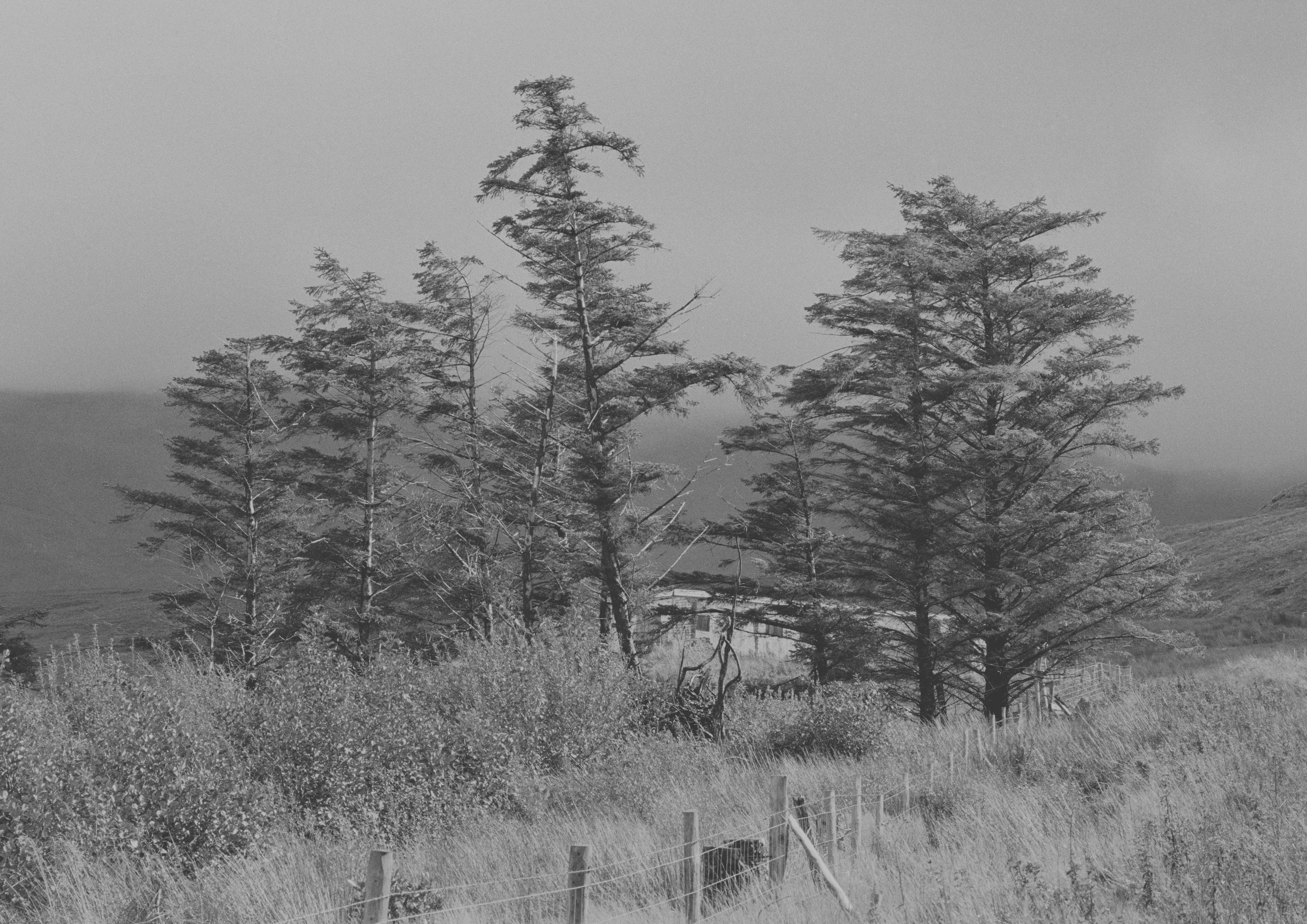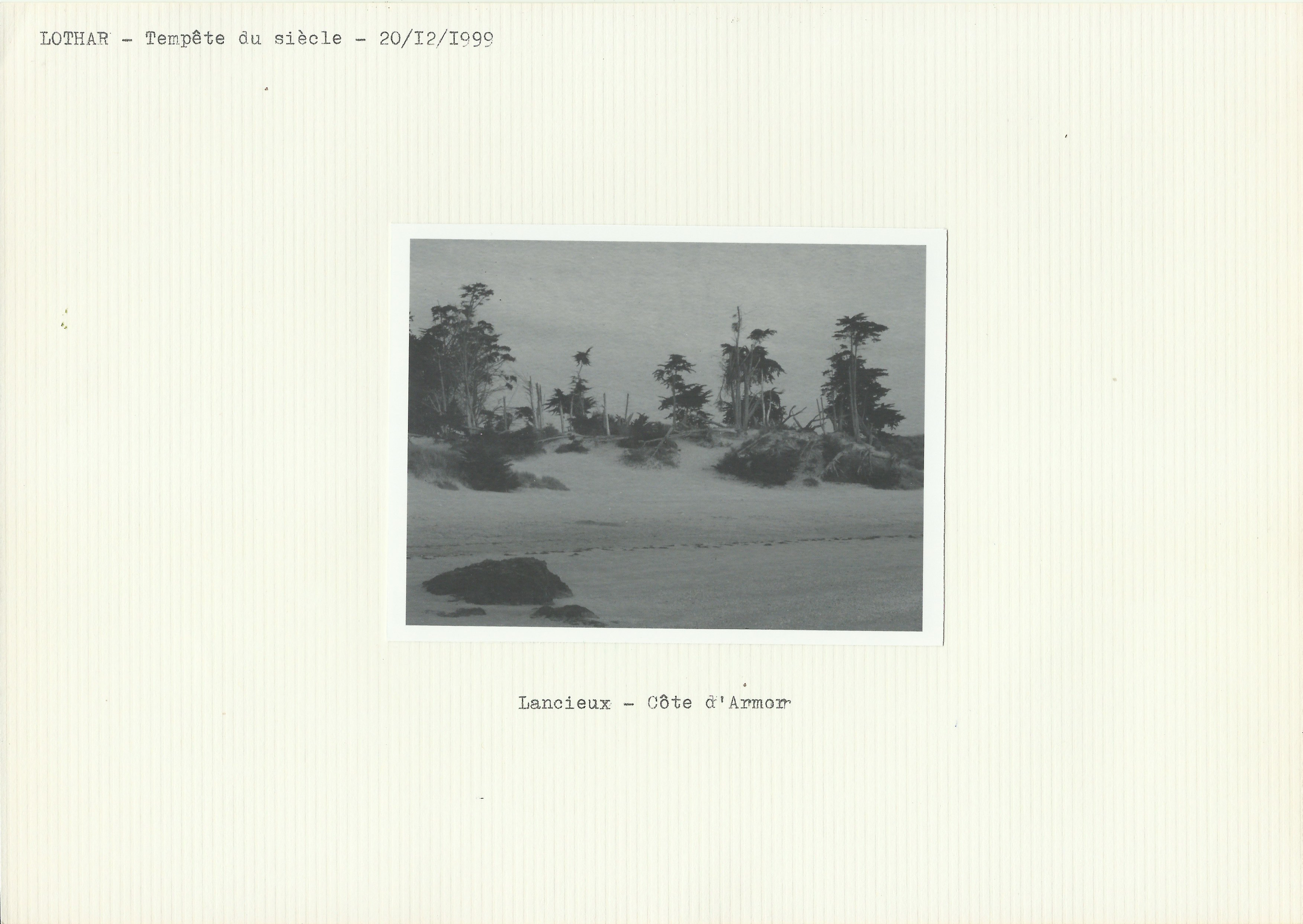Les Caprices de la Foudre
(The Unpredictability of Lightning)
2017
Chapter 1 of the project Demande à la Poussière
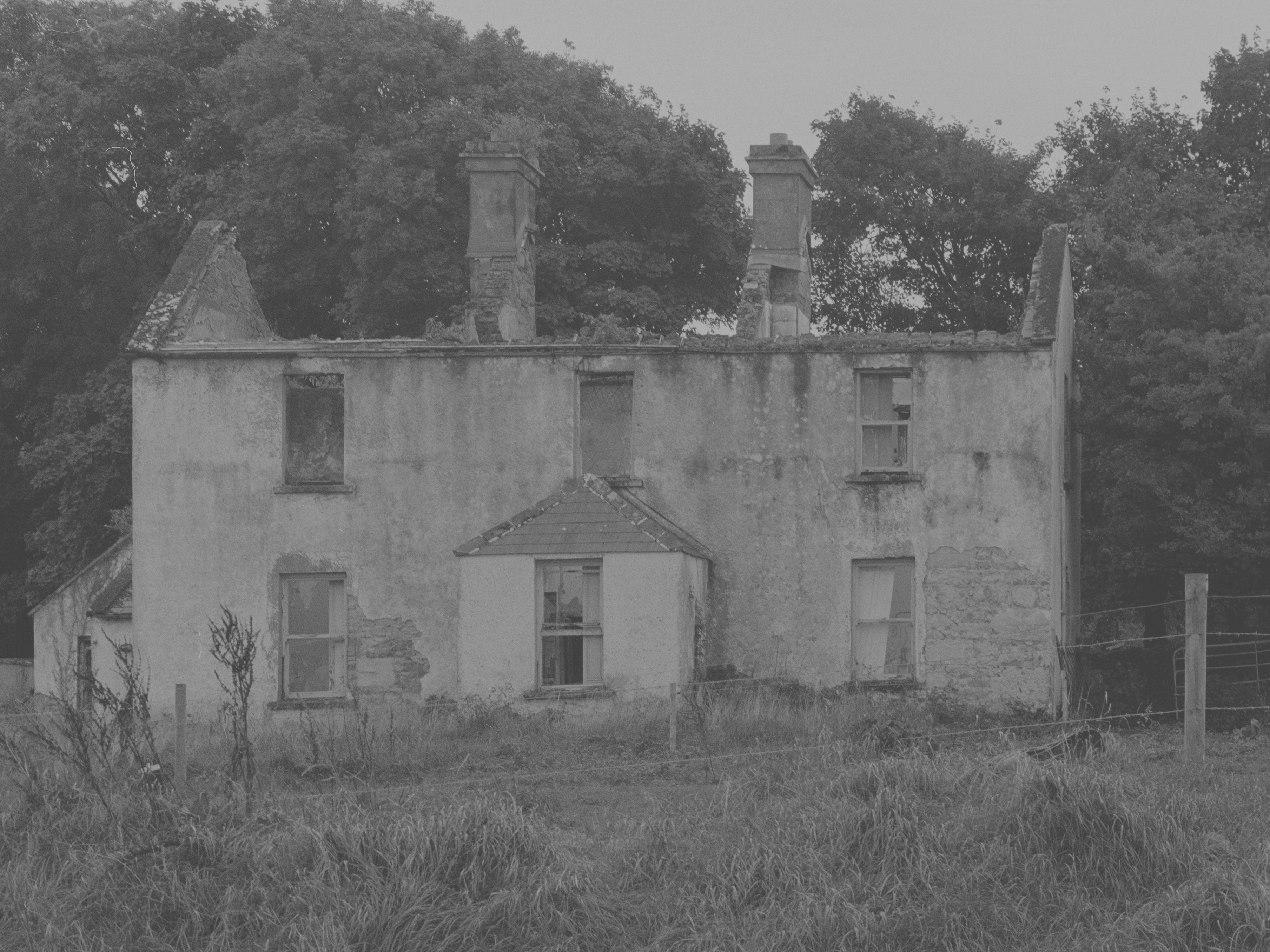
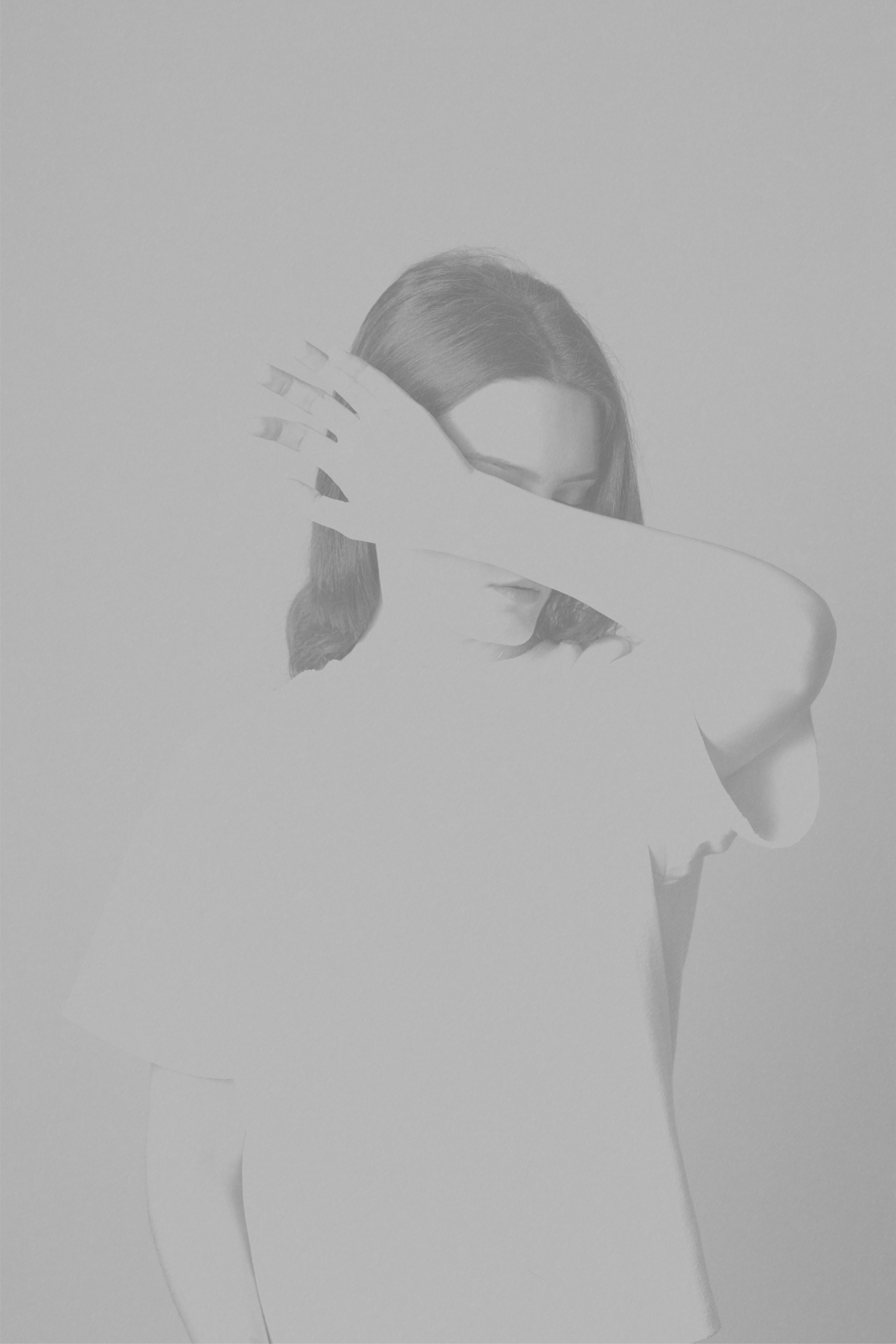

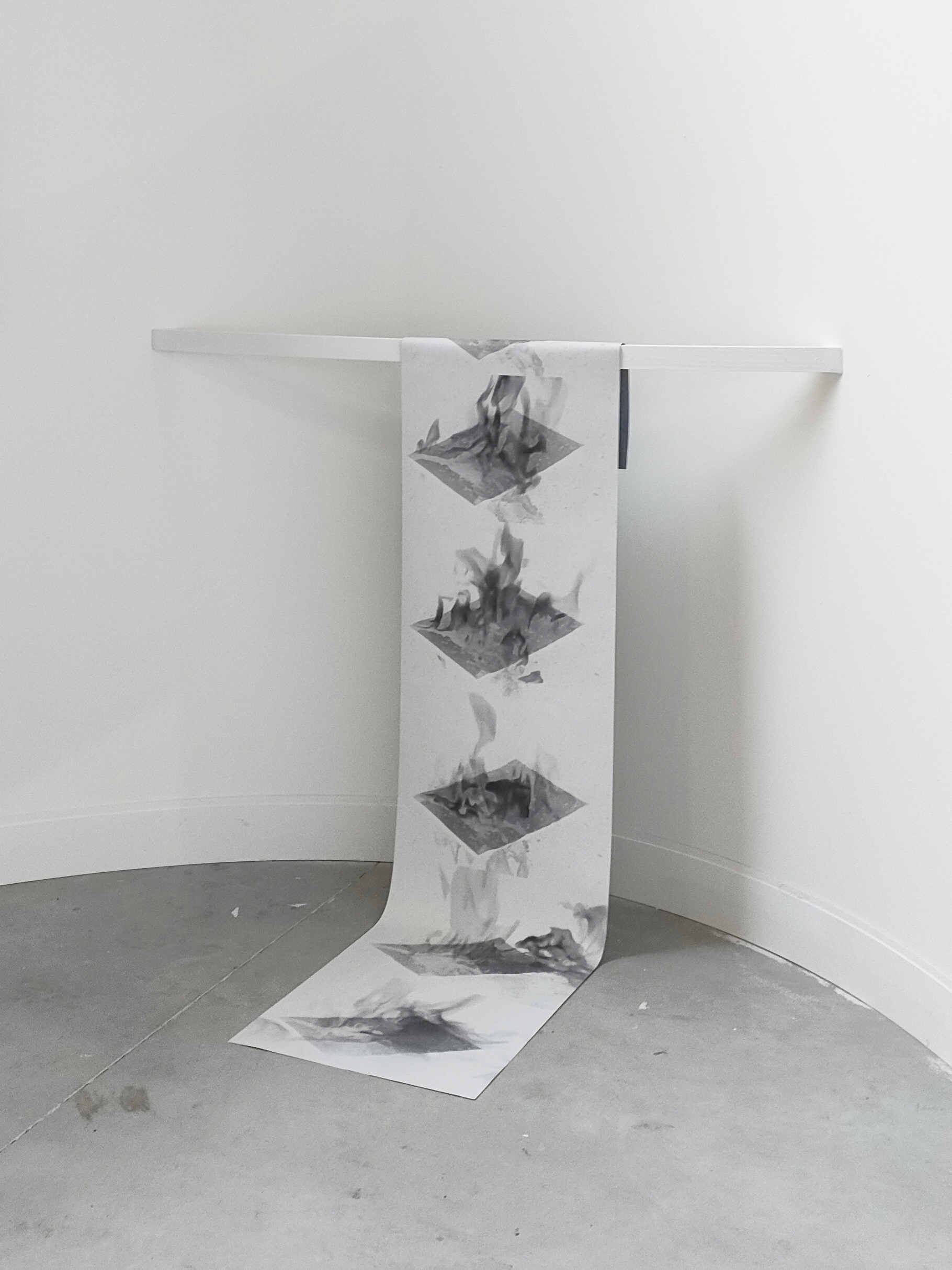

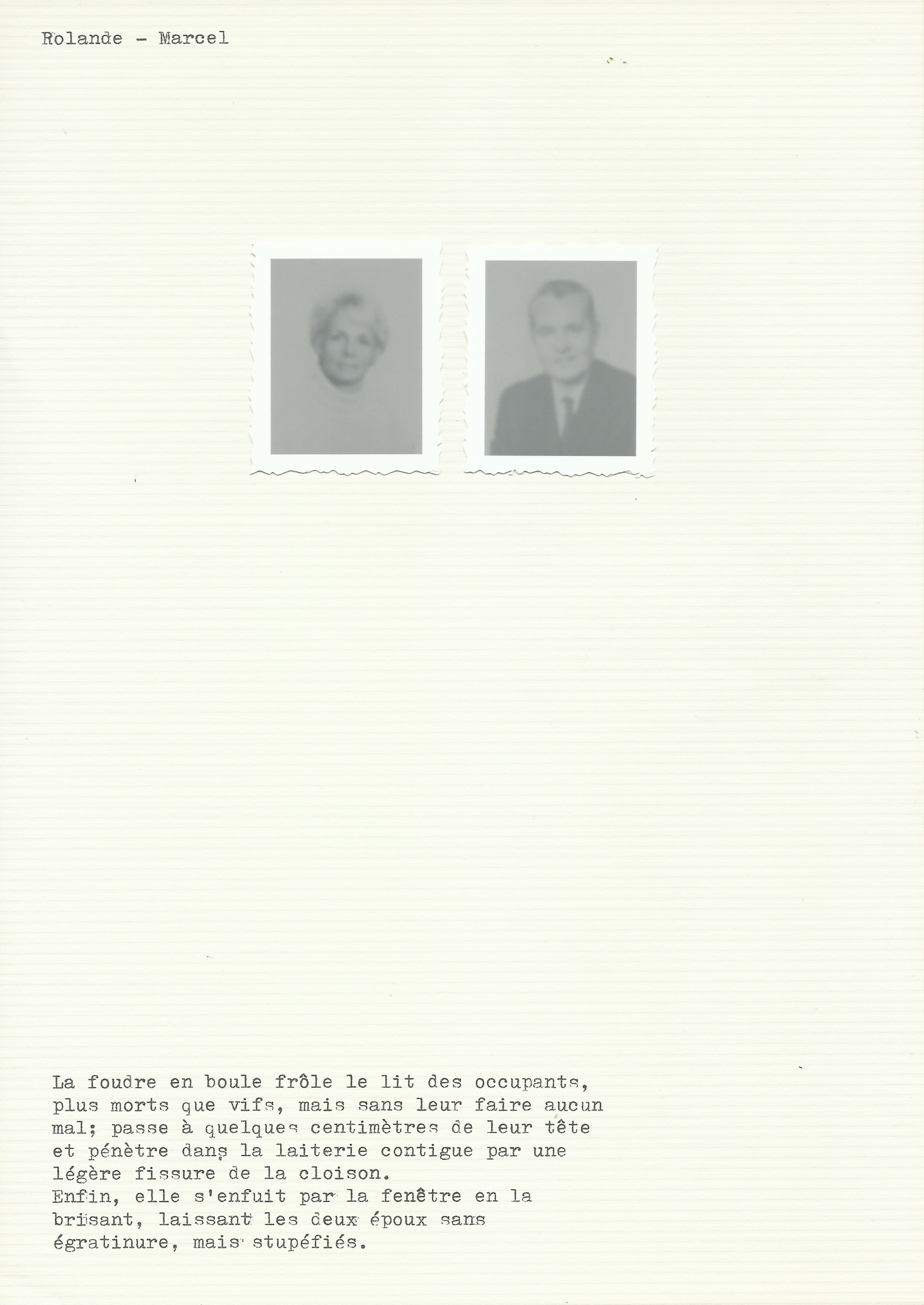
The unpredictability of Lighting can be seen as "something like storm and sleep", "something between loss and its memory" (Claude Royet-Journoud, Les objets contiennent l'infini), a catastrophe taking place in a dream, or in the journey that the protagonists make in their past. The chapter relates the importance of a trace, of the lightning in the life of the protagonists. The starting point of the whole series, the lithography of the discharge between the clouds and the earth links the accident at the core of our fiction to the photographic accident: a dust dropped on the negative of the photograph represents this discharge. We can apprehend the series in atmospheric, or meteorological, terms. It shows sensitive phenomena of light and darkness, shifted specialities, fragmented or suspended durations. A climatology of moments torn away from linear time gradually takes shape. It expresses the dazzlement, our astonishment if not our amazement and sometimes even our shaking in front of a show. It shows destabilised bodies, scenes turned upside down, turned inside out, until they dissolve. We enter into a singular form of beauty of violence.
While light makes visible, lightning nevertheless blinds. The loss of sight comes into play, along with the difficulty, even the inability, to remember. Although photography was the perfect instrument to reveal the unrepresentable phenomenon of lightning and to make the human eye see what it had always been unable to see, it finds itself here, like man, blinded. Lightning illuminates the landscape but its brilliance blinds us and makes us see the landscape only in negative, ghostly, transient terms.
This celestial fire that Flammarion speaks of in his work, whose title we have taken up, echoes Passolini's quote that "making cinema is writing on paper that burns". The perishability of the recording medium comes into play. The veiling, the film chemistry, leads to an imaginary attack, to the destruction linked to that of lightning.
Oblivion, like lightning, strikes without us ever knowing exactly who or how.
We transpose this movement of loss linked to the narrative, to the story, to a completely different level, it is no longer just a character who forgets, in a way the film itself abandons a part of what it had begun to memorise.
Like lightning, I resort to the use of light, which strikes violently and head-on. Faces and bodies are 'flattened', bathed in an excess of light that eats and almost dissolves them. Just as it becomes a threat to human tissue, lightning attacks the silver salts in the film. It underlines the danger of a formatting of memory fixed in a medium, a danger that we designate by the ephemeral character of photography, of prints, of the randomness of the shooting that are highlighted through the different photographic accidents.
Thus the series invites us to explore the limits of the photographic possible. And the protagonists, who are nonetheless blinded, are unable to point out what their forgetfulness has taken away.
![]()
![]()
While light makes visible, lightning nevertheless blinds. The loss of sight comes into play, along with the difficulty, even the inability, to remember. Although photography was the perfect instrument to reveal the unrepresentable phenomenon of lightning and to make the human eye see what it had always been unable to see, it finds itself here, like man, blinded. Lightning illuminates the landscape but its brilliance blinds us and makes us see the landscape only in negative, ghostly, transient terms.
This celestial fire that Flammarion speaks of in his work, whose title we have taken up, echoes Passolini's quote that "making cinema is writing on paper that burns". The perishability of the recording medium comes into play. The veiling, the film chemistry, leads to an imaginary attack, to the destruction linked to that of lightning.
Oblivion, like lightning, strikes without us ever knowing exactly who or how.
We transpose this movement of loss linked to the narrative, to the story, to a completely different level, it is no longer just a character who forgets, in a way the film itself abandons a part of what it had begun to memorise.
Like lightning, I resort to the use of light, which strikes violently and head-on. Faces and bodies are 'flattened', bathed in an excess of light that eats and almost dissolves them. Just as it becomes a threat to human tissue, lightning attacks the silver salts in the film. It underlines the danger of a formatting of memory fixed in a medium, a danger that we designate by the ephemeral character of photography, of prints, of the randomness of the shooting that are highlighted through the different photographic accidents.
Thus the series invites us to explore the limits of the photographic possible. And the protagonists, who are nonetheless blinded, are unable to point out what their forgetfulness has taken away.
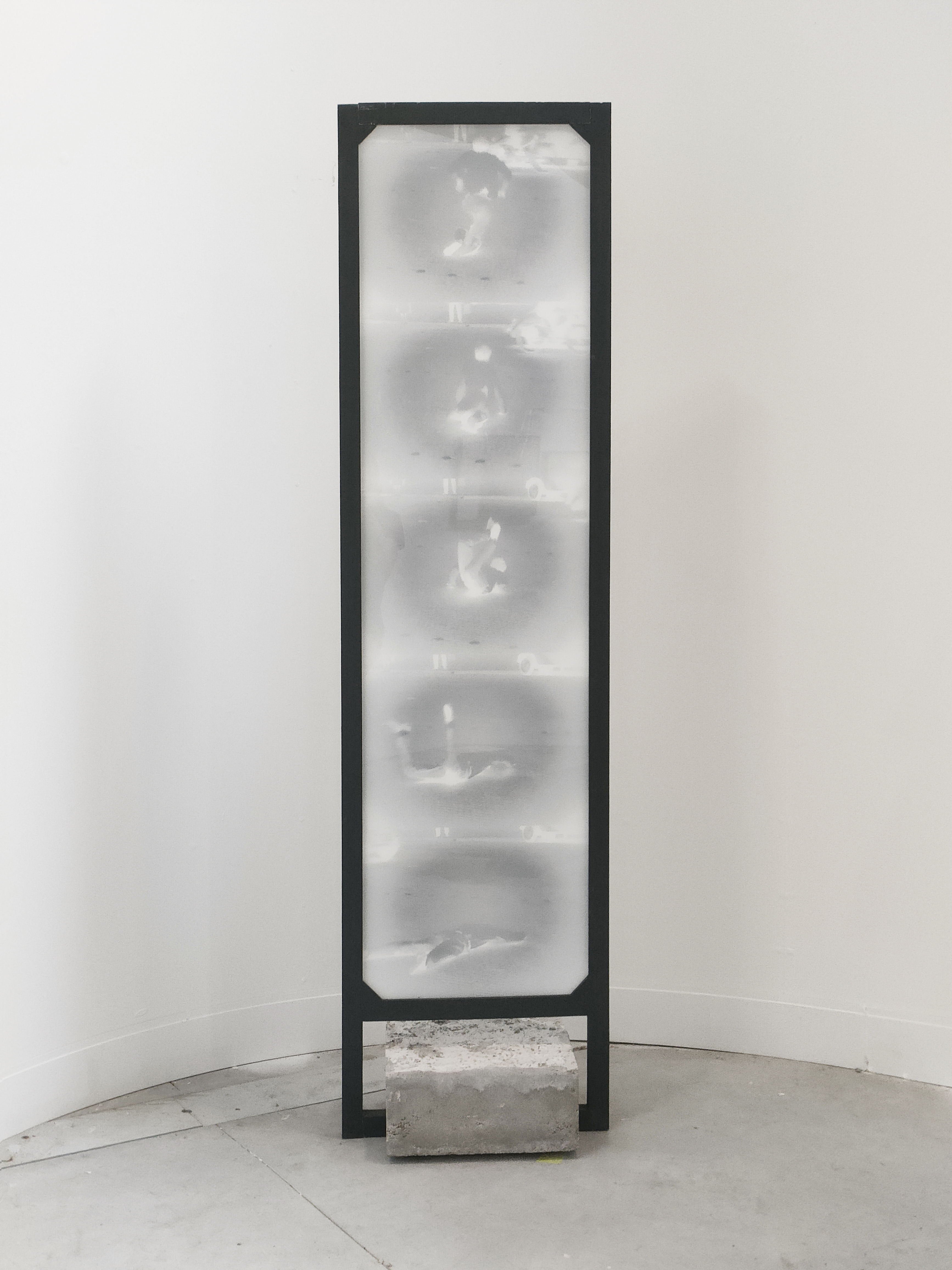


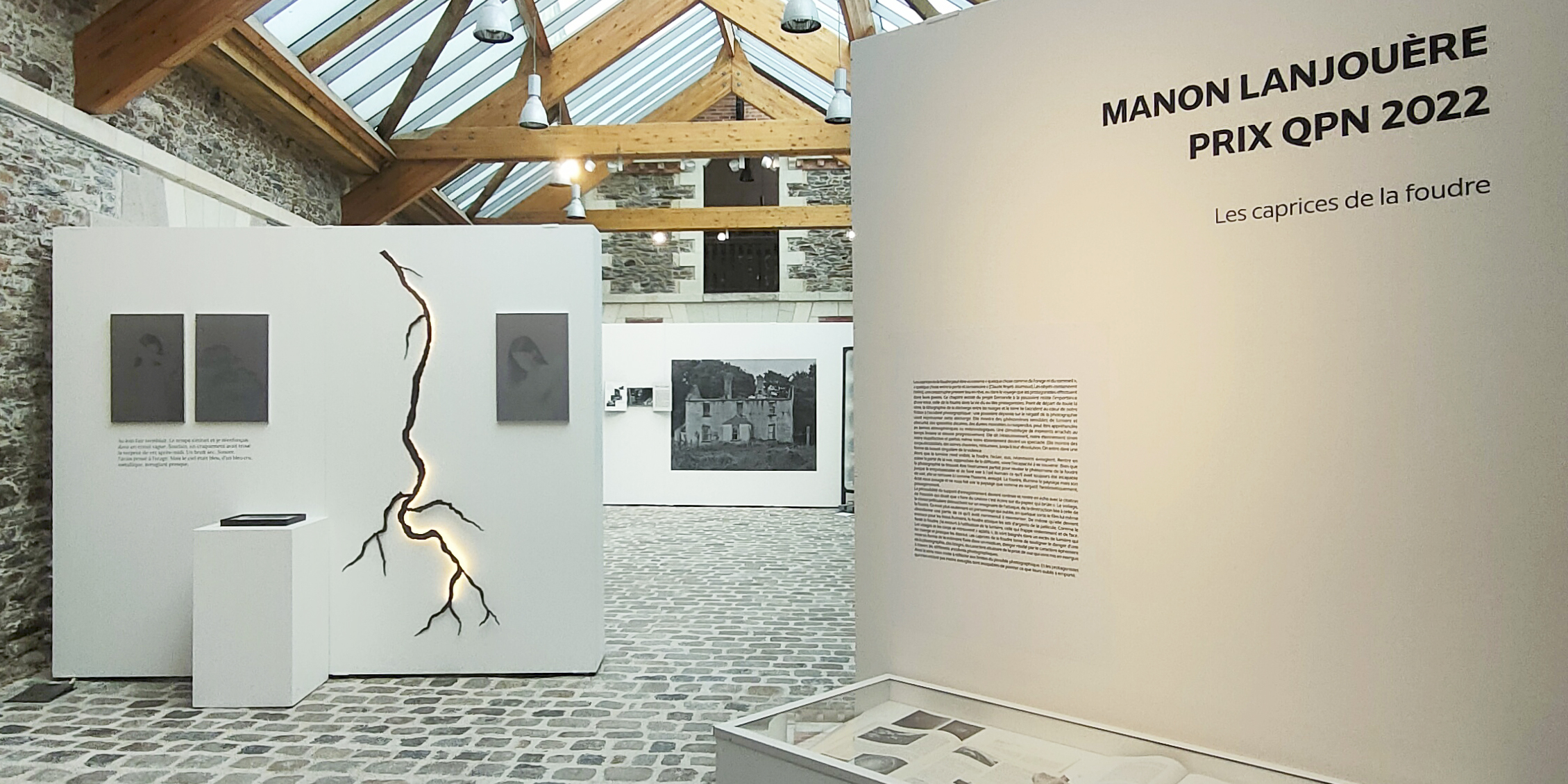
exhibition view at Manège Rochambeau in Vendôme, FRANCE, 2021 ; and L’Atelier in Nantes, 2022



